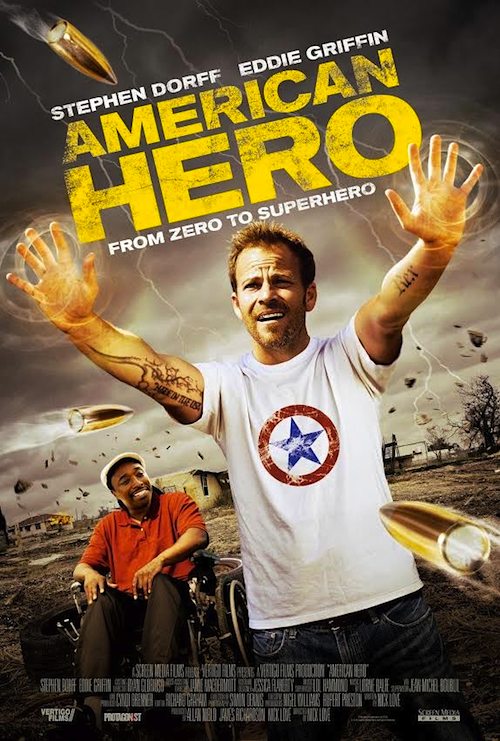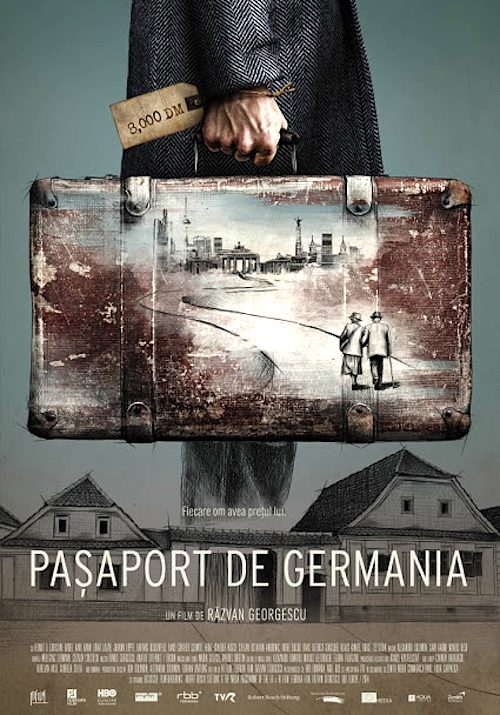By Joe Bendel. Think Mexican drug cartel violence ends at our super well-guarded border? Colt MacReady knows better. Fortunately, the AWOL commando with authority issues is a match for any narco-terrorist outfit, but the situation his family finds themselves in is more real than we would like to admit. Regardless, bad guys are in for a big hurting in Isaac Florentine’s lean and mean Close Range, which opens this Friday in select theaters.
MacReady’s widowed sister Angela Reynolds remarried the wrong sleazy drug smuggler. When he tried to skim a few bucks off his last payment, the cartel abducted his step-daughter Hailey. That would be MacReady’s niece Hailey. He might not be around much, but he still isn’t about to stand for that, so he rescues her in the slam-bang opening sequence.
Of course, the cartel is hot on their trial, but their corrupt tool, Sheriff Jasper Calloway slows down MacReady and his family until the out of sorts Garcia Cartel arrives. Despite the wreckage MacReady left in Mexico, old man Fernando Garcia assumes a handful of guys can handle MacReady while he holds Angela and Hailey hostage. Right, good luck with that plan.
 Close Range is not exactly what you would call pretentious, but it delivers plenty of old school, hardnosed action. This is what Scott Adkins and Isaac Florentine do better than any other tandem working in film today—and in Close Range they just do it without a lot worrying about character development or other extraneous business. Frankly, Adkins’ glowering presence is all the character establishment we really need. Imagine how awesome the next Batman movie would have been if he had been cast instead of Ben Affleck. We are all still bitterly disappointed about that, since his widely reported screen test gave us so much false hope.
Close Range is not exactly what you would call pretentious, but it delivers plenty of old school, hardnosed action. This is what Scott Adkins and Isaac Florentine do better than any other tandem working in film today—and in Close Range they just do it without a lot worrying about character development or other extraneous business. Frankly, Adkins’ glowering presence is all the character establishment we really need. Imagine how awesome the next Batman movie would have been if he had been cast instead of Ben Affleck. We are all still bitterly disappointed about that, since his widely reported screen test gave us so much false hope.
To be fair, the criminally underrated Nick Chinlund manages to dig out an effective character development arc for the cowardly Calloway. When he and Adkins’ MacReady have their final face-off, it is as serious as a heart attack. For what it’s worth, Caitlin Keats and Madison Lawlor deal with Florentine’s furious pace and constant hail of bullets gamely enough, even if these were not the roles they had in mind during their time at the Actor’s Studio or wherever they trained.
It really is a pleasure to watch an unfussy action film, in which the fights and shoot-outs are clearly framed and pristinely watchable. Adkins has the chops and Florentine knows how to show them off. Anyone who grew up with Cannon’s Chuck Norris, JCVD, and Michael Dudikoff movies will have a nostalgic good time with it (sort of in the tradition of Avenging Force). Recommended for genre fans, Close Range is now available on VOD and opens this Friday (12/11) at the Arena Cinema in Los Angeles.
LFM GRADE: B
Posted on December 8th, 2015 at 8:32am.





